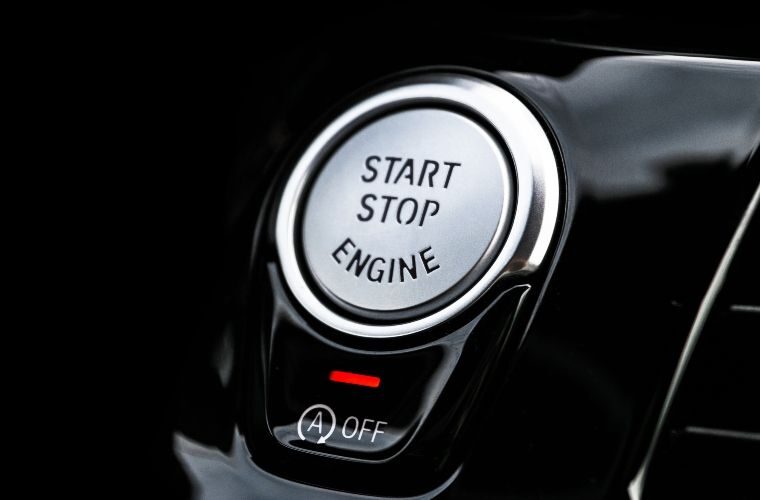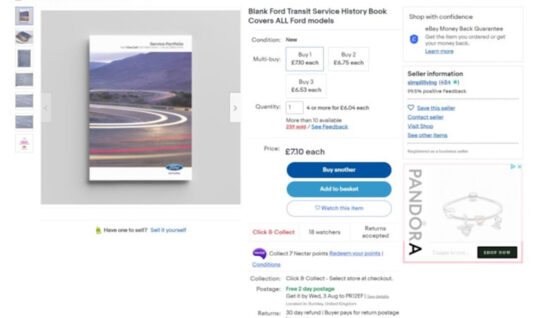Starting and stopping engines causes severe, noise-generating vibrations which are reduced by original equipment vibration control parts including pulleys, flexible propshaft couplings, suspension strut mounts, engine and gearbox mounts and hydraulic accumulators.
Corteco provides an extensive range of pulleys and engine mounts especially developed for implementation in start-stop systems.
The support of the parent group Freudenberg secures Corteco’s first-to-market approach.
Automatic start-stop systems providing a 5 to 7 per cent improvement in fuel economy and a similar reduction of carbon dioxide emissions.
More than half of the cars currently produced are equipped with start-stop systems that reduce CO2 emissions and save fuel.
By 2022, it is expected that start-stop systems will be fitted as standard on more than 82 per cent of the vehicles sold in Western Europe.
Transforming an ordinary pulley or hydro mount into the perfect start-stop component is a complicated process.
Some of the stages include optimising construction by changing the inner diameter or developing a stronger geometry between components, developing new materials such as high temperature and performance elastomers, conceiving new mounting and bonding processes specifically designed for metal and rubber parts, and enhancing the bonding characteristics through enlargement of the holding surfaces to improve isolation and extend durability.
On average, an ordinary pulley and engine mount will have to withstand up to 50,000 to 70,000 starts.
A start-stop pulley and engine mount, on the other hand, will have to endure 500,000 to 700,000 starts.
Developing engine mounts that can withstand ten times as many starts without breaking or failing, poses an enormous challenge.
Car manufacturers increasingly install hydraulic engine mounts, as they combine acoustic isolation functions of conventional rubber engine mounts with a balanced damping performance.
Everyone is familiar with the front wheels beginning to shake while driving on what appears to be a flat surface.
The steering wheel shakes and excessive vibrations and noises find their way into the vehicle.
This is caused by the interaction between the vehicle and road in combination with forces from the vehicle.
In a hydraulic engine mount, the main rubber spring has an upper and lower chamber.
The chambers are connected by a series of canals and separated by a rubber valve.
The mainspring is filled with the viscous liquid which acts as a secondary damper.
On impacts that generate shock and vibrations, the rubber valve opens and closes the bypass channel redirecting the viscous liquid flow between the two chambers.
This changes the stiffness of the mount, creating optimum damping characteristics for any road condition.
Corteco, as the aftermarket distribution arm of the Freudenberg Group, is able to draw on the wealth of design and development resources available from a company renowned as one of the world’s largest manufacturers of components for OE.







